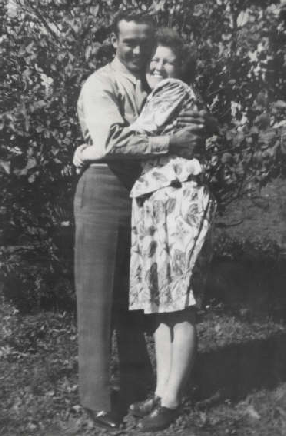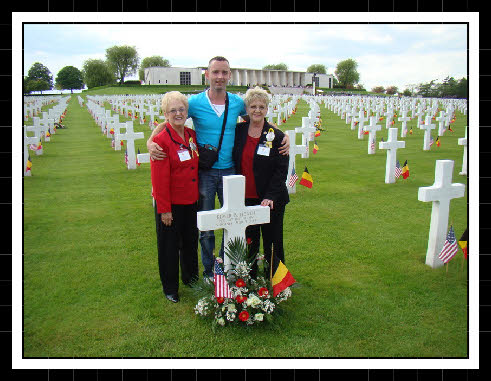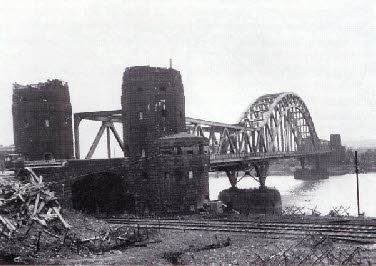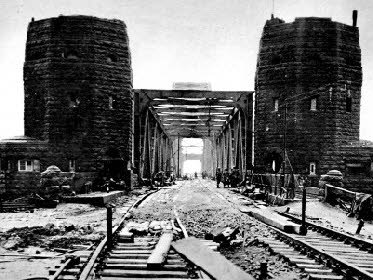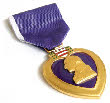

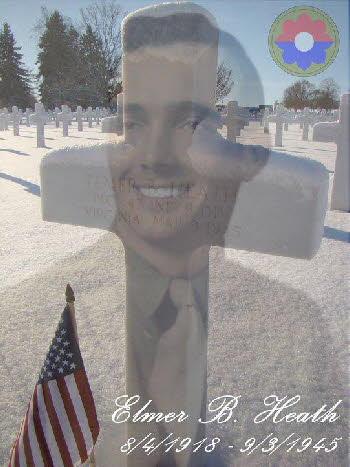
I.D.:33889799
Entered service from: Virginia
Rank: Private First Class
Service: U.S. Army, 47th Infantry Regiment,
9th Infantry Division.
Died: Friday, March 09, 1945
Burried at: Henri-Chapelle American Cemetery
Location: Henri-Chapelle, Belgium
Plot: D Row: 12 hrave: 40
Awards: Purple Heart
Elmer B. Heath and his twin brother Delmar Ray were born on August 4th 1918. They
were the first born children of Scott and Nora Heath and they lived in a small community
nestled in the foothills of southwest Virginia near Chilhowie, VA. They were part
of a very close knit farming family, surrounded by the beauty of nature and the simple
life of that day.
They survived the great depression by raising their own food and
were somewhat protected from the evils of the world by the serenity of their family
and friends. Through the years, their family increased and eventually included the
boys Elmer & Delmar Ray, Roy, Marvin, Cecil and Ernest and the girls Anna James,
Hazel and Dorothy. By this time, the country was embarking on the greatest war of
all time, but they had no idea of the impact this would have on their family
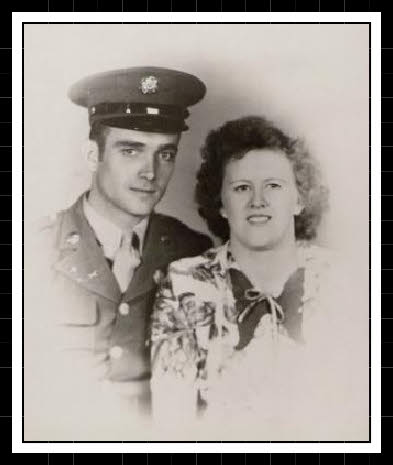
In 1939, Elmer married Virginia Jones and in 1941 they were blessed with their 1st
child, a daughter, Nancy. While struggling with the war-ravaged economy, he was making
their living by whatever was available at the time. In 1943, the 2nd daughter Helen
was born. By this time the war had accelerated and his imminent induction into the
Army loomed on the horizon.
Like the men of his day , Elmer accepted the call in
May of 1944 with no complaints, even though his heart remained at home with his family.
He was inducted at Fort George Meade, MD and went through his Basic Training at Camp
Wheeler in Georgia hoping against hope that the war would end before he had to go
across the sea.
When he found that was not to be the case, he shipped out in October
1944, accepting his duty with the bravery and honorable commitment of the men of
his day. He most probably sailed to Europe on October 12, 1944 aboard the Queen Mary.
Shipping reports of WWII troopships show this as the only transport of replacements
in October of that year. He embarked on the Queen Mary in New York and disembarked
on October 18, 1944 in Gourock, Scotland
By the time he arrived in Scotland, the allied advance in Europe had proceeded rapidly.
Elmer most probably was taken to Southampton by train and shipped to Le Havre, France
on December 11, 1944 aboard the troopship Monrovia. The Monrovia arrived at La Havre
December 14, 1944 disembarking many troops for many different Divisions who were
only days away from the last major German counter-offensive, the Battle of the Bulge.
After arriving in the European Theater Elmer was assigned to Company A, 47th Infantry
Regiment, 9th Infantry Division, and was sent to the front immediately when the Germans
caught the Allies by surprise on December 16, 1944. This last major German counter-offensive
took place in the Belgian forests of the Ardennes.
Through the letters that were
saved, we have come to know the softness of Elmer that proved through the test of
time to be so strong. In his letters home Elmer was more concerned about his brothers
than he was of himself. His three brothers were serving in the war at the same time.
Marvin was in the Pacific Campaign and Delmar and Roy were in the European Campaign.
Even though he hoped against hope that he would be able to see Delmar and Roy that
did not happen. Delmar Ray, Roy and Marvin all made it back home safely.
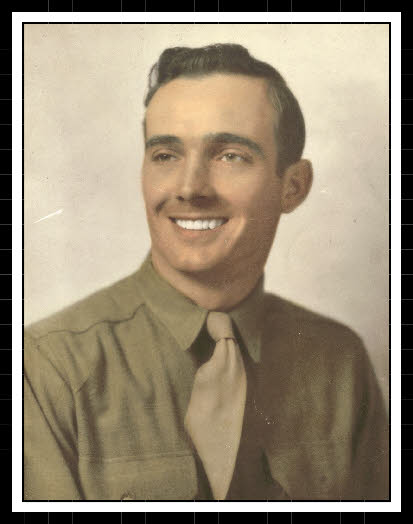
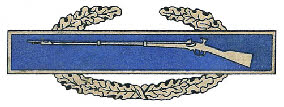
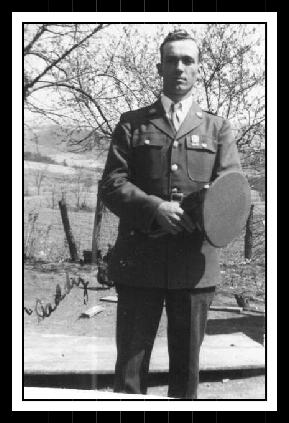
From mid-December through January 1945, the 9th Division held defensive positions
from Kalterherberg to Elsenborn. From there, on January 30, 1945 the Division jumped
off from Monschau in a drive across the Roer and to the Rhine, crossing at Remagen
on March 7, 1945. The famous Ludendorff Bridge at Remagen had been taken intact by
the 9th Armored Division and a bridgehead was quickly established. The following
objective of the Division was breaking out of the Remagen bridgehead and sealing
and clearing the Ruhr Pocket. On March 7, 1945, Elmer’s unit was ordered to the Ludendorff
Bridge over the Rhine. Early on March 8th, the 2nd Battalion, 47th Infantry Regiment
arrived and immediately crossed the river. These units passed through Orsberg and
attacked toward Bruchhausen where eventually all resistance was overcome. It was
during this fierce battle that Elmer and many other brave soldiers lost their lives.
Elmer was killed in action at 1500 hrs on March 9th, 1945 in Bruchhausen Germany,
which is a small town just on the other side of the Ludendorff Bridge near Remagen.
History relates that this battle was one of the most important for the Allied Forces
in accomplishing their mission to defeat the Germans. During the war, the forests
surrounding Bruchhausen were used by the Germans to launch the V-1.Elmer and the
others gave their lives, but they silenced this weapon of terror.

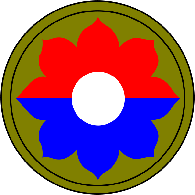
Virginia was notified of Elmer’s death on March 21st 1945, which was 11 days after he fell. We have learned through a letter to Virginia dated 8 October 1945 that Daddy was buried on March 14, 1945 in a temporary grave at Henri-Chapelle in Plot D-4, Row 5, Grave 93. Virginia received a second letter dated 27 September 1948 notifying her of his permanent burial at Henri-Chapelle in Plot D, Row 12, Grave 40
